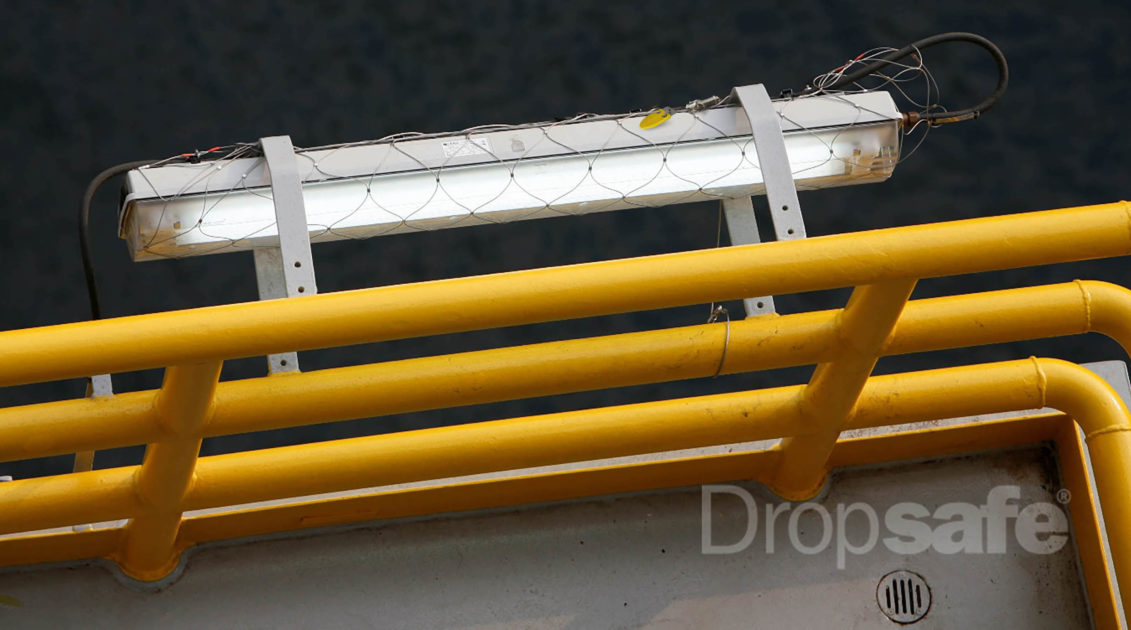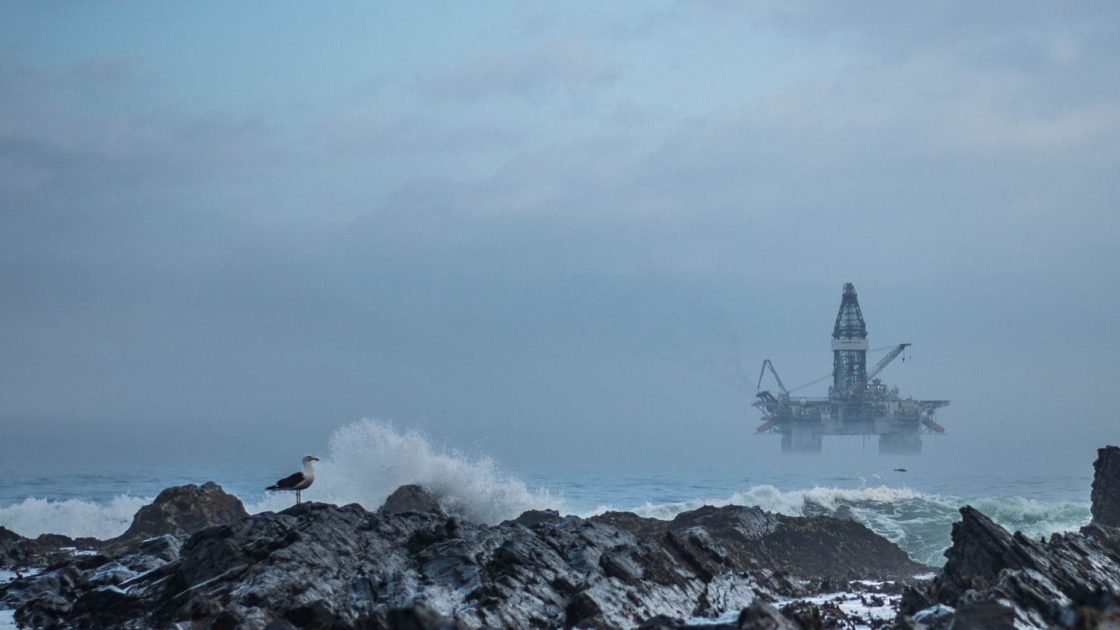The Basics...
Understanding Secondary Securing and the role it plays
Secondary securing is a key element of effective dropped object prevention, and should be a part of every worksite or facilities dropped object prevention programme, and wider safety culture. By adopting the use of secondary securing systems, worksites are safer and the four-fold threat posed by dropped objects can be mitigated.
What is Secondary Securing?
Secondary securing refers to the use of additional measures to secure equipment
The primary purpose of secondary retention is to prevent equipment or tools that are located at height from falling in the event of the primary securing system failing.
For example, a worker on an offshore oil rig may use a lanyard to secure a tool while working at heights. However, if the lanyard were to fail, the tool could fall and cause injury or damage. In this case, a secondary securing system such as a secondary securing net would provide an extra layer of protection by catching the tool before it hits the ground.

What are Secondary Securing Nets?
Netting systems designed to catch equipment in the event of a primary securing system failure.
These nets are typically made of high-tensile strength materials such as nylon or polypropylene and are designed to withstand significant force.
Secondary securing nets are typically installed underneath equipment or tools that are secured overhead, providing a safety net in case of a fall. They can also be used to create a barrier around an area to prevent dropped objects from falling outside of the designated work area.

